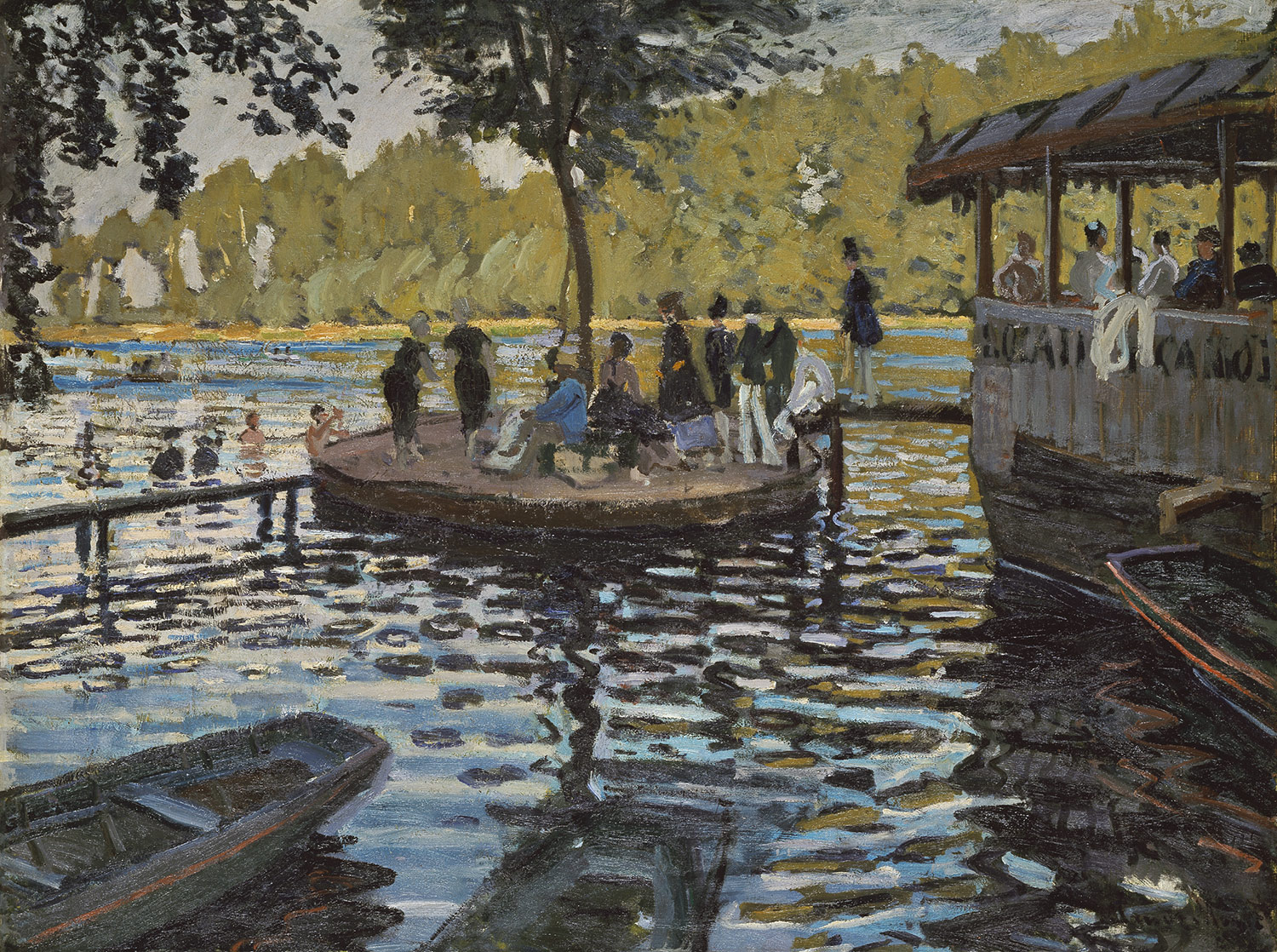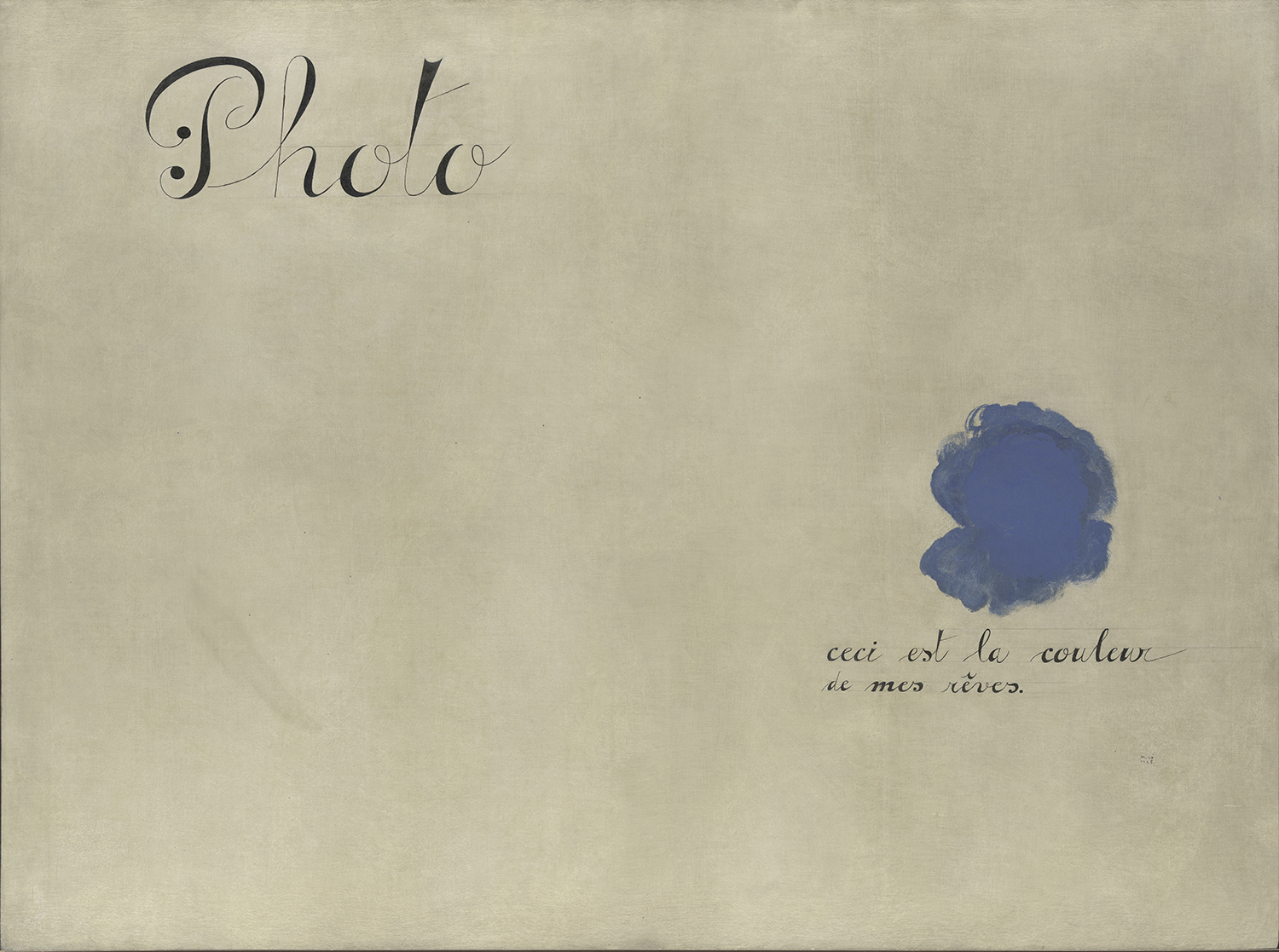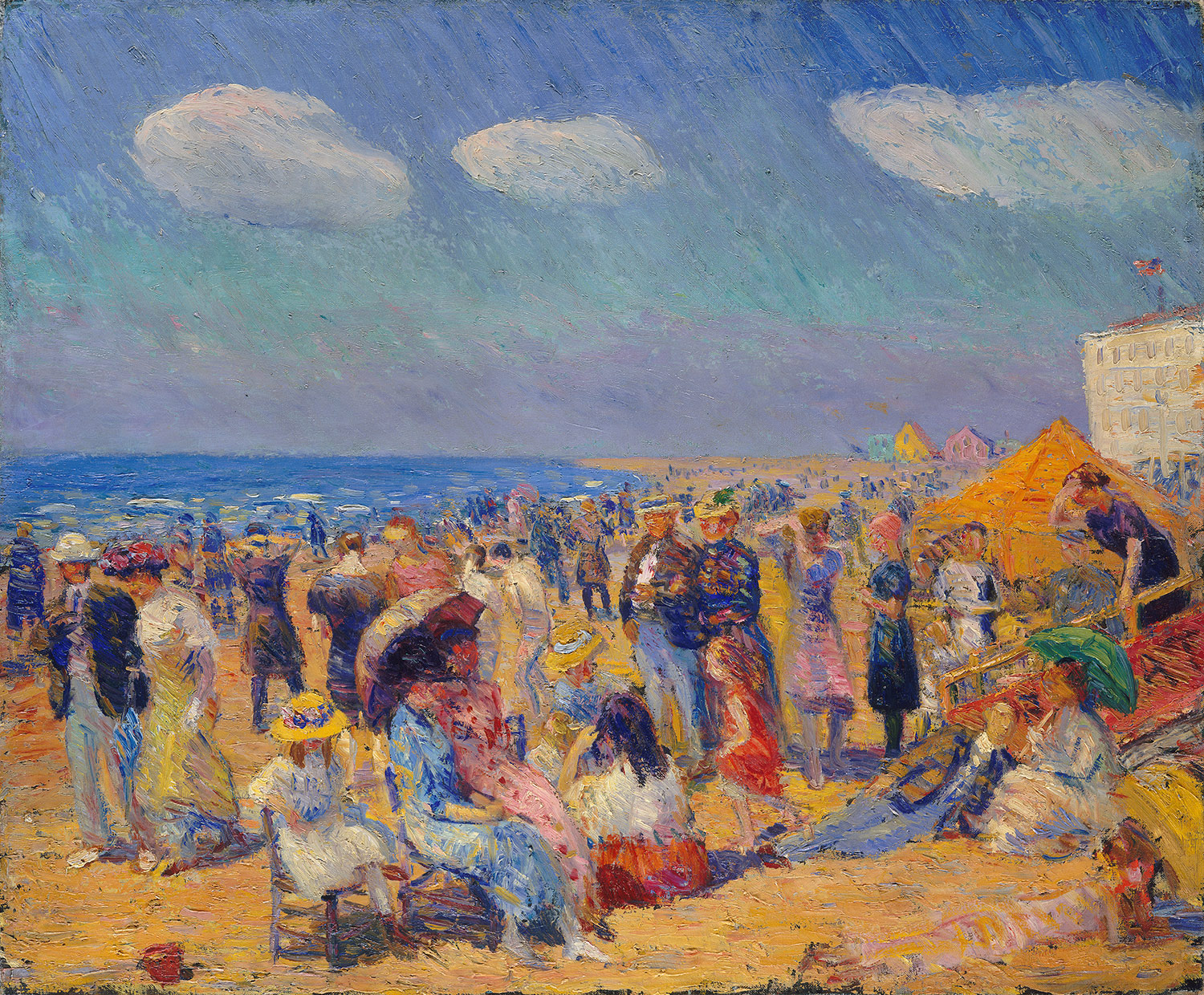Four Questions and Answers are based on ONE piece from LACMA
Q&A are based on the following pieces in LACMA.
1. "The Treachery of Images" 1929 -Rene Magritte
2. "Weeping Woman with Handkerchief" 1937 -Pablo Picasso
3. "Cold Shoulder" 1963 -Roy Lichtenstein
4. "Kellogg's Corn Flakes Boxes" 1971 -Andy Warhol
5. "Band" 2006 -Richard Serra
6. "Urban Light" 2000- 2007 -Chris Burden
Questions and Answers are based on "
1. Does the artist use distinct working methods and processes?
Burden collected street lamps, restored them, and painted them to create this outdoor display.
Burden collected street lamps, restored them, and painted them to create this outdoor display.
2.
Has the artwork been created in isolation, in collaboration, with a
fabrication team? What kinds of materials were used? Traditional,
unconventional, or a combination?
Burden had spent money and years collecting his lamps before he restored and painted them. These lamps used to be street lamps; his first lamp was bought at the Rose Bowl Flea Market for $800.
Burden had spent money and years collecting his lamps before he restored and painted them. These lamps used to be street lamps; his first lamp was bought at the Rose Bowl Flea Market for $800.
3. Does the artwork reference elements for popular culture, mass media, or art history?
Burden's sculpture may reference mass media, because street lamps are mass produced for utilitarianism.
4. Does the artwork serve as a form of critique, questioning or reframing debates about art or society?
This artwork symbolizes society; it is "a building with a roof of light" (Burden) which represents a civilized city.
Describe their formal qualities.
Color: achromatic; warm colors make up the lights when they are on
Line: vertical lines
Shape: there are a variety of shapes, because many different lamps were used
Scale: some lamps are taller or more detailed than others













